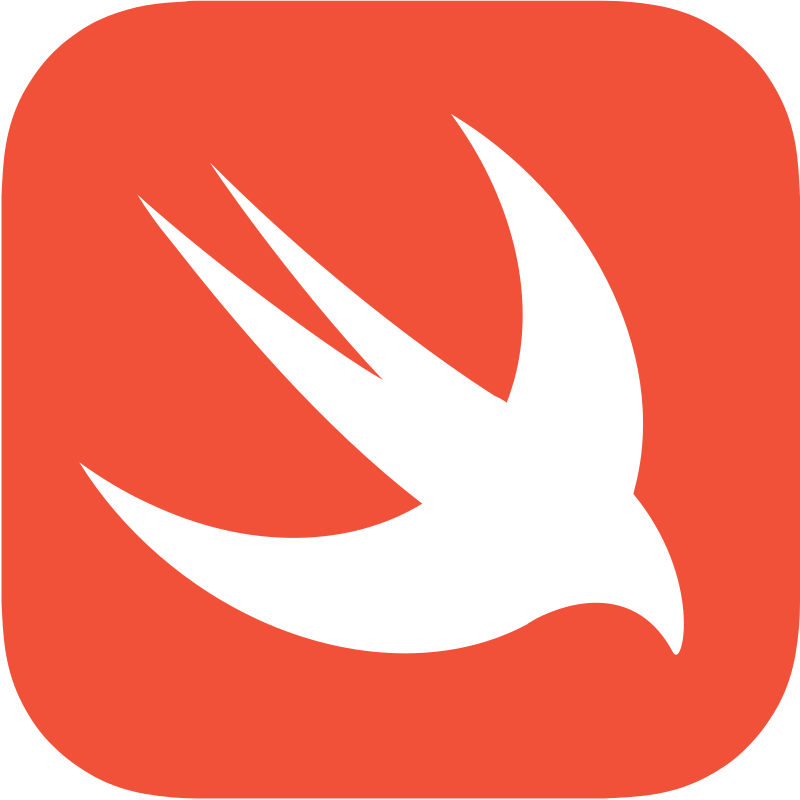SWIFT language release cycle

Swift is a heavily typed language, although its statements are not always necessary due to its ability to infer types. Data types are mainly divided into two groups. The main difference between value types and reference rates is how they are allocated. Swift can open doors to the world of coding. In fact, it’s designed to be anyone’s first programming language, whether they’re still in school or exploring a new career. For educators, Apple has created a free course to teach Swift in and out of the classroom. Novice programmers can download Swift Playgrounds, an iPad app that makes getting started with Swift code interactive and fun. Swift is the successor to the C and Objective-C languages. It includes low-level primitives such as types, flow control and operators. It also provides object-oriented features such as classes, protocols and generics, giving Cocoa and Cocoa Touch developers the performance and functionality they need.
Release cycle of Swift language
SWIFT is always looking to redesign its format, and to give its public, always the best This official technology (GA) is updated every 18 to 24 months. Versions of GA can be found in Developer Zone. GA releases occur as follows:
- A GA version is based on a DMR. The selected DMR undergoes additional testing and error correction; then a first RC ( release candidate) is produced and made public.
- The Release Candidate goes through the evaluation of customers and users; this may cause the need for more RC cycles until GA quality is reached.
- The release of GA is published and announced.
Versions
Initially it was Chris Lttner who developed it in 2010, that programming language. Later it had the support of different programmers, who along with him, took ideas of other ancient languages such as Objective-C, Haskell, Rust, Ruby, Python, C#, CLU among others. It was there when on June 2, 2014 I suggested the first language Swift 1.0. , and henceforth its following versions:
- After version 1.0 presented in June 2014.
- The second version is 1.1, presented on October 22, 2014, whose code x is 6.1
- In the third version this 1.1, presented on April 8, 2015, whose code x is 6.3
- The fourth version is 2.0, presented on September 21, 2015, the code x is 7.0.
- The fifth version is 2.1, presented on October 20, 2015, the code x is 7.1
- The sixth version is 2.2, presented on March 21, 2016, its code x is 7.1
- The seventh version is 3.0, presented on September 13, 2016, the code x is 8.0.
- Then version 4.0 was released on September 19, 2017, the code x was 9.0.
- Version 5.0 was released on March 25, 2019, its code x was 10.2 Finally we have the latest version which is version 5.6.1, which was presented on April 8, 2022, which features can use any library programmed in Objective-C and call C functions.
Next versions
It is expected that the latest version of the Swift language will be officially presented by the end of 2022. This version will be 5.7 and will have a code of 14.0. The different authors who collaborated for the development of this language were: Nate Cook and Alejandro Alonso, and their review managger was Ben Cohen. This version is in trial mode in its initial version. Here are some characteristics that this language presents:
- Improved option method API names Unicode property APIs were added to match the regular expression syntax
- Added CharacterClass.noneOf(_:) and based on sequencing sinit
- Added details about changing semantic modes
- Added details about matching Unicode properties in character mode
- Revised details of matching custom character class Removed O/. anyUnicodeScalar